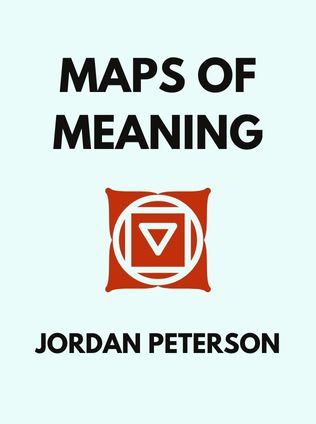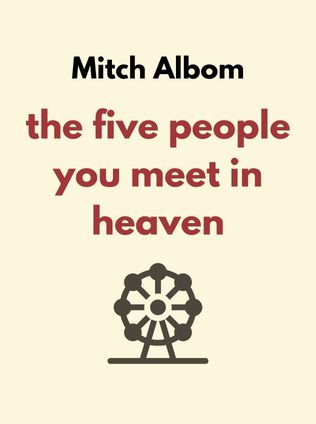
Maps of Meaning
The Architecture of Belief
By Jordan Peterson
Published 03/1999
About the Author
Jordan B. Peterson is a Canadian clinical psychologist, cultural critic, and professor of psychology at the University of Toronto. He is known for his conservative views on cultural and political issues, particularly around the subjects of religion, gender identity, and personal responsibility. Peterson rose to international prominence with his critique of political correctness and the enforcement of compelled speech, particularly around Canada's Bill C-16. His work is characterized by an exploration of how myth, religion, and psychology intersect, and he has authored several best-selling books including "12 Rules for Life" and "Beyond Order."
In "Maps of Meaning," Peterson delves into the psychological significance of myths, arguing that they are not merely stories from a bygone era but essential frameworks for understanding human existence. His exploration is deeply rooted in Jungian psychology and examines how ancient stories continue to influence modern thought and behavior.
Main Idea
"Maps of Meaning" is a complex exploration of how humans navigate the chaos of existence through the creation and use of myths. Peterson argues that myths are more than just ancient stories; they are vital psychological tools that help us make sense of the world, providing a framework for understanding our place within it. He contrasts the objective reality explored by science with the subjective reality framed by myth, emphasizing that both are essential to a complete understanding of human experience.
Peterson suggests that myths represent the collective wisdom of humanity, passed down through generations to guide individuals in their journey through life. These stories teach us how to confront the unknown, integrate new experiences, and ultimately find meaning in a chaotic world. At the heart of this work is the idea that understanding and integrating these ancient narratives into our lives can lead to a richer, more meaningful existence.
Table of Contents
- The Prevalence of Myth
- Science and Myth
- Meaning and Experience
- The Basic Characters of Myth
- The Basic Structures of Myth
- Myth's Model for Life
- The Problem of Evil
- The Power of Love
The Prevalence of Myth
Peterson begins by exploring the widespread presence of myth across cultures and history. He notes that while modern society tends to dismiss myths as primitive or irrelevant, they remain deeply ingrained in our psyche and continue to shape our worldviews. Myths, he argues, are not just stories but fundamental structures of human thought that help us navigate the complexities of life.
Renowned theologian Joseph Campbell also emphasized the importance of myths in his work, "The Hero with a Thousand Faces," where he argues that myths provide a blueprint for spiritual awakening. Campbell warned that the erosion of myth could lead to a loss of vital psychological tools for dealing with life’s challenges. Peterson echoes this sentiment, suggesting that by abandoning myths, we risk losing the ability to frame our moral beliefs and understand our place in the world.
Sign up for FREE and get access to 1,400+ books summaries.
You May Also Like
The Subtle Art of Not Giving a F*ck
A Counterintuitive Approach to Living a Good Life
By Mark MansonHow To Win Friends and Influence People
The All-Time Classic Manual Of People Skills
By Dale CarnegieFreakonomics
A Rogue Economist Explores the Hidden Side of Everything
By Steven D. Levitt and Stephen J. DubnerQuiet: The Power of Introverts
The Power of Introverts in a World That Can't Stop Talking
By Susan Cain



















